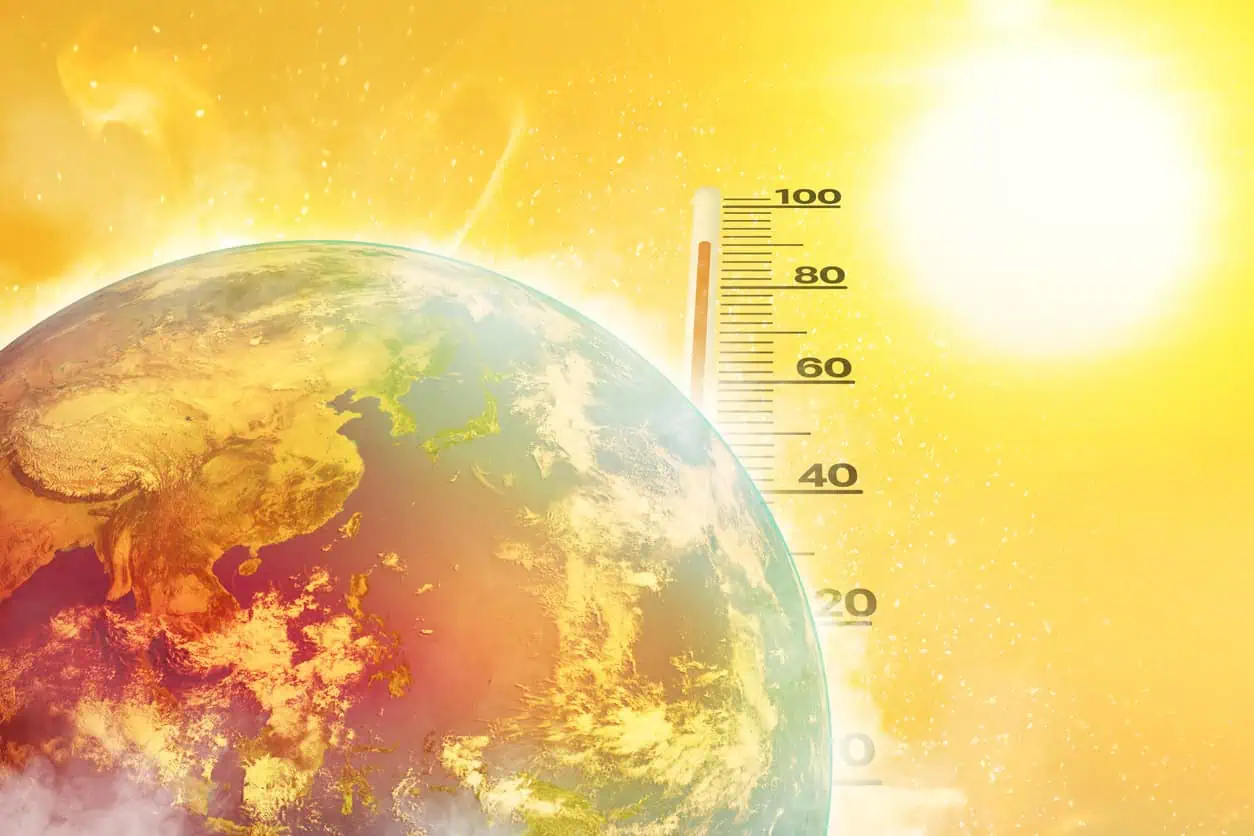
Per WSJ, scientists are exploring new methods to cool the planet since global efforts to address climate change are flagging and time is perceived to be running out. These approaches were once considered taboo to avoid tinkering with the climate and getting unintended consequences. Now, scientists are receiving public/private investment to test potential approaches in the lab and out in the real world to buy time for carbon-free solutions to take hold.
The shift reflects concern that global efforts to mitigate climate change are losing steam and not getting results fast enough. They also reflect fear of once extreme weather, such as hurricanes, floods and heat waves, becoming normalized and typical rather than infrequent outliers.
Three field experiments are underway around the world.
First, researchers on a ship off the NE coast of Australia are spraying a briny mixture into the air with high-pressure nozzles to brighten low altitude clouds that form over the ocean. Scientists hope bigger, brighter clouds will reflect sunlight away from the Earth, shade the ocean, and cool waters around the Great Barrier Reef to mitigate coral damage. The project, known as marine cloud brightening, is part of the Reef Restoration and Adaptation Program. It is led by Southern Cross University and has received $65 Million in funding from the Australian government and conservation/academic organizations.
Second, an Israeli startup called Stardust Solutions is testing a system to disperse a cloud of tiny reflective particles about 60,000 feet in the air. These particles are designed to reflect sunlight and cool the atmosphere in a concept known as solar radiation management. They have raised $15 Million from two investors, have conducted low level aerial tests, and are now finalizing indoor testing. Next step is to conduct an outdoor test and monitor the results.
Third, the Woods Hole Oceanographic Institute plans to pour 6,000 gallons of a liquid solution of sodium hydroxide into the ocean near Martha’s Vineyard this summer once EPA approval is received. They hope the chemicals will act like Tums, cutting acidity of surface water and absorbing 20 tons of CO2 from the atmosphere for storage in the ocean. The hope is that this will allow the ocean to take up more CO2 without causing ocean acidification and do it in a safe way without unexpected consequences. The $10 Million project is funded by the National Oceanic and Atmospheric Administration, two charitable organizations and several private donors.
Implementing big ideas requires ingenuity, dedication, hard work and more. MOSIMTEC simulation modeling can help. Whatever your big idea is, you can test options virtually using digital twins to see what works best and what doesn’t before implementing in real life. MOSIMTEC industrial engineers/data scientists can help you futureproof your business.
#climatechange #globalwarming #carbonfree #government #academia #nonprofit
Read More: https://www.wsj.com/science/environment/geoengineering-projects-cool-planet-weather-f0619bf7